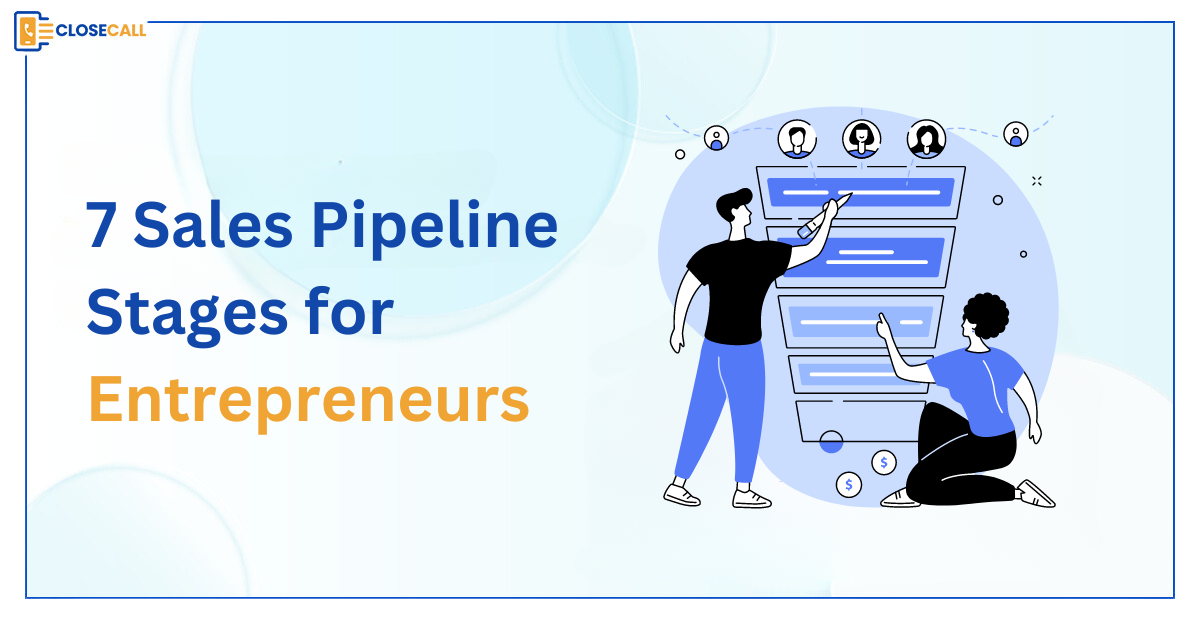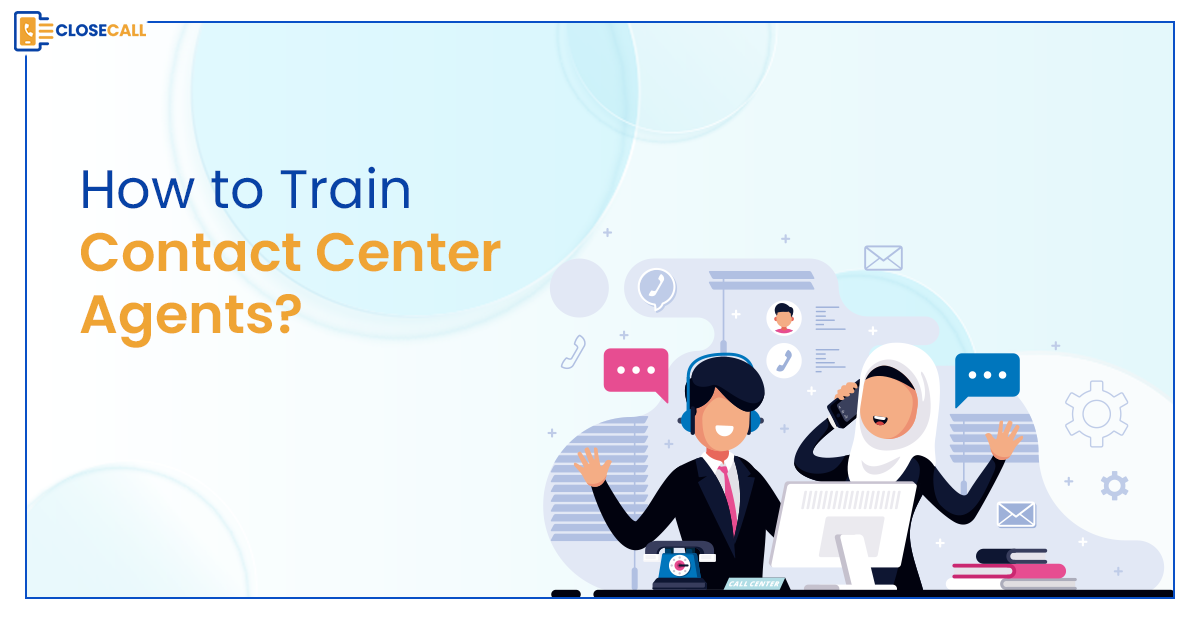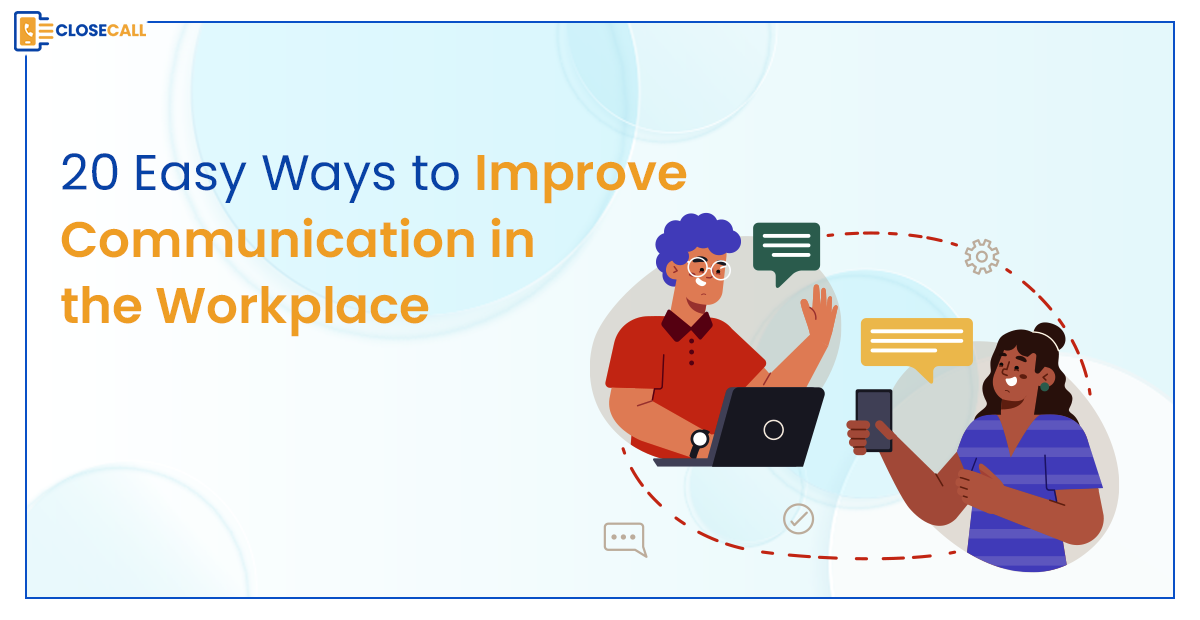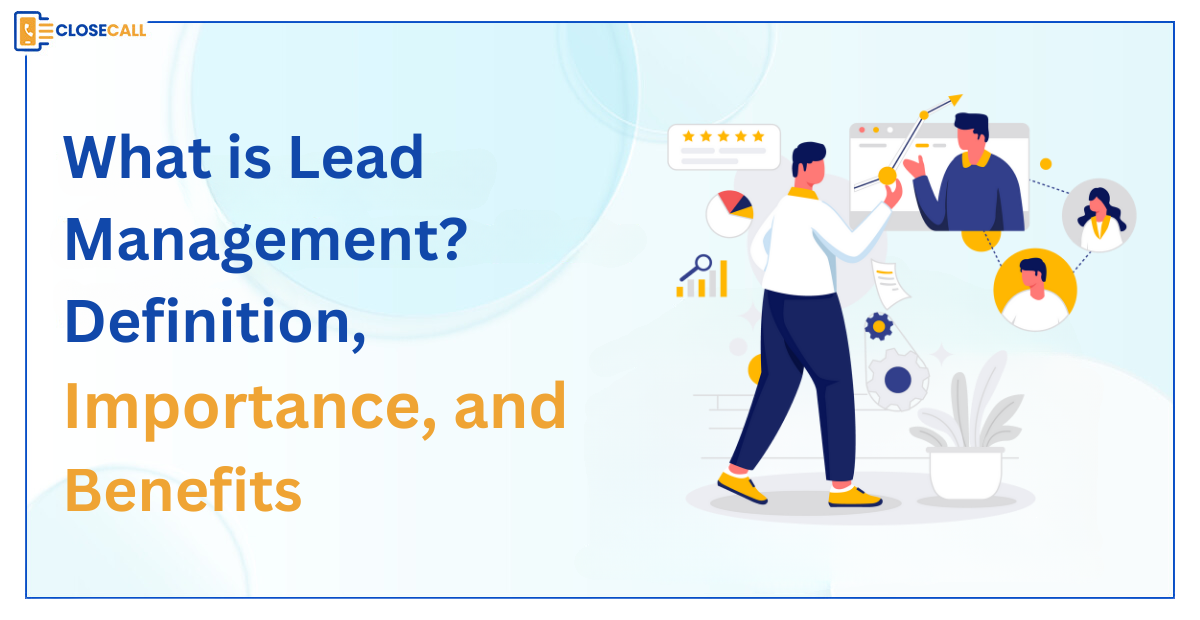To win in the sales world, you need to have well-structured and effective sales pipelines. Sales pipeline stages are a visual depiction of a prospect’s phases leading up to a sale. It helps the sales teams manage and track leads effectively, setting priorities for opportunities and projecting revenue. Whether you are a small business owner, a medium-sized business owner, or a big organization, creating an effective sales process is essential to your success. A well-organized sales pipeline is one of the key elements of the sales pipeline stage.
A sales pipeline enables you to oversee and visualize the complete sales process, from lead creation to deal closing. However, identifying the steps of the sales pipeline is essential to comprehending and enhancing your sales process. You must understand that by using best practices for the sales pipeline stages, you will be better able to assist prospective customers as they proceed through the purchasing process, which will ultimately boost your income and build stronger client connections. In this post, we are going to discuss about seven sales pipeline stages.
What are 7 Sales Pipeline Stages?
The flow of a prospect through the sales process is represented by the seven sales pipeline stages. Many sales pipeline stages show how a prospect moves through the process and give sales teams a clear path to follow.
Businesses may optimize sales processes, tailor customer experiences, and eventually generate revenue growth and long-term success by comprehending and managing these sales pipeline stages efficiently.
Prospecting
Prospecting, or top-of-pipeline marketing, is the initial step in the pipeline. During this process, advertisements, search engine results, and other channels help prospective clients find your company. When they do, they go to your website to see what you have for sale.
You can refine your advertising and ad targeting to zero in on a convinced audience that you know is likely to purchase from you to increase the effectiveness of this stage.
These are the things you ought to be doing with your leads throughout the prospecting phase:
During industry events, cultivate relationships. Have a large number of leads go to a trade show. Ensure your sales team is present and easily identifiable. Make sure you use these opportunities to your advantage and leave a lasting impact on the minds of your prospects, whether you’re roaming around and striking up meaningful discussions with individuals or giving a speech on a pertinent subject. (And you can still use them creatively even if you can’t make it to industry events!)
As a knowledgeable consultant, impart the following knowledge: at the prospecting stage, your leads still have a low level of trust in you and your company (assuming they even know who you are). So, hold off on selling to them right now. Offer to share your knowledge instead. Be an authority in the field, someone people can rely on for accurate information. Schedule a 15-minute coffee conversation to discuss ways to achieve a pertinent objective. They will thereafter keep an eye on your business.
Reach out to the cold: Ice, ice, baby! But, if you do it correctly, cold calling or sending out cold emails to potential customers can benefit your company. After you’ve established your client profile as previously indicated, search the internet for businesses that match that description. Then, make contact!
Lead Qualification
In this phase, the sales representative and the lead evaluate each other. The majority of sales teams use a set of standards to qualify leads, some of which include suitability for need, budget, decision-making authority, and geography. The primary objective of the salesman is to determine whether the lead meets these requirements while building a rapport and understanding their pain areas or challenges. A lead is commonly referred to as a sales-qualified lead (SQL) once they make it past this point. It shows that the salesman considers the customer to be a valuable lead who should be pursued further.
If the lead has previously been pre-qualified in some way—for instance, the salesperson knows them personally or has verified their qualifications using a platform like LinkedIn—you can skip this step.
Meeting/Demo
You can start focusing on the leads who remain after removing those who are not ready to buy or who are not suitable for your company’s business. After you have collected a list of potential customers, set up a meeting to discuss your offering. At this point, you should assess whether there is a convincing business reason for the buyer to be offered a proposal.
The first sales encounter between a sales representative and a potential client is known as initial contact. It may occur through correspondence or sales calls, for example. First contact is essential for generating leads and advancing them through the other sales pipeline stages, regardless of the approach used.
Creating interest in the good or service being given and learning enough about the potential client to determine whether they are a suitable fit are the two main objectives of first contact. Businesses can improve their chances of leaving a lasting impression and bringing prospective clients one step closer to becoming paying customers by taking the time to carefully develop a well-thought-out statement.
It is time to get in touch with that fresh prospect who seems to have potential. Here are a few methods for doing this:
- chilly or cozy calling
- chilly or friendly emails
- Social media posts
- Handwritten notes or presents
Naturally, it’s easy to become overwhelmed at this time of year trying to locate and maintain the most up-to-date contact details for all those exciting new leads. Fortunately, several tools for sales prospecting can simplify the process. One is the B2B email discovery and lead enrichment tool Lusha extension. Lusha can be used to retrieve up-to-date email addresses and phone numbers from leads and corporations on LinkedIn when you’re prospecting or in the sales pipeline stages. Furthermore, you will be provided with firm information such as job title and description, industry vertical, annual revenue, location, and headcount of employees to assist you in assessing prospects’ qualifications and reaching out to them at the appropriate moment!
Creating a Proposal
At this point, you ought to be well aware of the requirements of your prospect and how to best present your solution to them. When it comes to business-to-business sales, the proposal you write is essential to sealing the purchase. Once more, depending on the goods or services your company provides, this stage varies greatly for each of you.
Every important detail needs to be included in a proposal. For instance, the product’s usefulness, cost, terms and conditions, etc.
You can tailor the price and features to your prospects’ leads if you provide a custom service (like software) to each customer. Unwanted additions that raise the cost typically cause people to become less interested in your offering.
Summarize how your business may assist in meeting the needs of a potential client to support your position. Show how the prices you are offering provide more than enough value to cover the expense of the engagement. Remember to highlight your competitive advantages at this point to set your proposal apart from those of other providers your customers might encounter.
Negotiation
Sales representatives bargain with the prospect at this step to agree on terms such as price. When both sides concur, the agreement is finalized. To agree on a win-win collaboration, discuss modifying the partnership’s expectations, the scope of work, and revising pricing.
These types of sales pipeline stages won’t be included in every firm. For those that do, this is the phase in which you bargain with potential clients over the specifics. Perhaps they would like to change the project’s scope or the price that you will be assisting them with. Here is the place to resolve any issue that may arise.
Conversely, it is possible, but you don’t allow for negotiating because your services and pricing are set in stone. If so, it might be as easy as moving right from the proposal to the next pipeline stage.
Close the Deal
You have reached the most crucial step of the sales pipeline; congratulations. Prospects sign a contract or purchase at this point. Until you get good closing deals, no matter how good your product or service is, you will not make any sales. At this point, there are lots of important thoughts to make.
Be confident at all times. Your pitch will reflect your confidence in both your offering and in yourself. Mindset, approach, voice, and even attire all contribute to confidence. Practice your talking points well, but avoid going overboard to avoid sounding robotic. Elevate your posture, meet your eyes, and smile. Your persuasiveness can change significantly based on these small indications.
Maintain a clean pipeline. It entails managing the sales pipeline effectively, eliminating unqualified leads, nurturing the appropriate individuals at the appropriate times, and following up as necessary.
To better adapt your closing strategy, ascertain your prospect’s stage in the purchasing process. If you observe that they are still thinking about you and comparing you to rivals, provide them with materials that demonstrate your superiority. The goal of this pipeline stage is to ensure that all information is clear and easily available.
Recognize when a prospect is prepared to close. It involves them enquiring about your product or service, responding in-depth to your inquiries, responding to your communications consistently and on time, interacting with your brand on social media, enquiring about costs or payment options, and keeping an eye on metrics related to your sales pipeline.
You should keep following up until you hear back. Prospective clients should be followed up and persuaded to accept or reject your offer. Recall that you can follow up after several months or even years. What could go wrong? They will decline.
Follow-up
The process continues even after the transaction. It is one of the critical sales pipeline stages that guarantees client pleasure and fosters potential future business in post-sale follow-up.
This phase has the potential to impact the customer’s overall experience & a company’s sales process greatly.
Techniques for effectively retaining clients: Several tactics can help with effective client retention after the sale.
These consist of prompt check-ins, first-rate customer support, and prompt handling of any questions or grievances. To organize and coordinate these follow-up activities, a sales CRM is helpful.
Advantages of a strong follow-up system: An effective follow-up method can result in strong word-of-mouth marketing, customer loyalty, and repeat business.
To further enhance their sales procedures, it also enables sales teams to obtain input from customers and obtain insightful knowledge about their preferences.
What is a Sales Pipeline Analysis?
A sales pipeline analysis methodically examines each stage of your sales pipeline to evaluate its effectiveness, pinpoint areas for development, and make data-driven decisions to increase sales performance. This procedure is essential for maximizing your sales approach and guaranteeing that opportunities move through the stages without delays.
How to Create a Sales Pipeline Report and Perform a Sales Pipeline Analysis?
Gather Information
Begin by gathering pertinent information about your sales pipeline. This includes data on average deal size, conversion rates, and the number of leads in each step. Use your CRM system to gather this important information.
Example: Assume you have 100 leads in your prospecting stage; 40 of those leads advance to the next step after being qualified or 40% of the leads.
Determine Bottlenecks
Examine your data to identify any bottlenecks or sales pipeline stages where leads are likely to become stranded or cease to be active. Bottlenecks may be a sign that you need to improve your sales procedure or add more resources to help close deals.
As an illustration, you see that just 20% of leads that move on to the negotiation stage result in closed sales. This block has to be observed more carefully.
Measure Velocity
Determine how long it typically takes a lead to progress through the sales pipeline stages. This measure, called “velocity” aids in understanding how effectively it leads to advancement.
Example: On average, moving from the qualification step to the negotiating stage takes thirty days.
Predicting
Utilize historical data and conversion rates to project future revenue. This forecasting can help you deploy resources more efficiently and create realistic sales targets.
Example: You estimate that 20% of the leads that are presently in the negotiating stage will conclude transactions within the next month, bringing in $50,000 in revenue based on your past statistics.
Reporting
Lastly, put all of your research into a thorough report on the sales pipeline stages. This report, which gives a holistic overview of the sales pipeline stages, should be easy to read and brief. Call attention to the areas that require improvement and provide workable fixes.
Example: According to your sales pipeline analysis, the conversion rate from the presentation stage to the negotiation stage has dropped 15% throughout the past quarter. To prepare for this, you suggest giving your sales staff more instruction on successful negotiation strategies.
Sales pipeline analysis is a crucial part of managing a successful sales process. Through a methodical analysis of your sales pipeline stages, the identification of bottlenecks, velocity measurement, revenue forecasting, and a well-organized report presentation, you enable your sales team to make well-informed decisions, optimize their approach, and ultimately achieve increased sales success.
To maintain a positive and effective sales environment, you can continuously enhance the phases of your sales pipeline and develop your plans with the aid of the sales pipeline stages analysis.
5 Tips for a Successful Sales Pipeline
To strengthen your business’s sales, you need to make your sales pipeline successful. In this section, we will discuss tips for achieving sales success.
Target the Right Prospects
As soon as leads begin to flow in, you need to pinpoint your ideal customer profile (ICP). You can then concentrate your efforts on the appropriate deals.
The characteristics of your target group, such as age, gender, ethnicity, income, geography, and more, should be covered in your ICP. These characteristics can be discovered by examining past sales statistics for the company and the client testimonials of competitors to determine the kinds of clients they are pursuing.
Nurture Leads
Not every lead will be prepared to buy right away. Many could still be cautious and take their time researching your company and learning more about what you have to offer. Because of this, nurturing is crucial to advancing leads through the sales cycle.
You can adjust programs and messaging to your potential customers’ stage of the journey by examining where they are in the sales pipeline. Therefore, the best way to reach early-stage consumers still in the awareness or discovery phase is through blog posts and/or social media ads. Conversely, prospects further down the pipeline require one-on-one interactions, video conferencing, and email marketing campaigns to be nurtured.
Review Your Pipeline Regularly
Eliminate poor-quality leads who won’t profit from your product to maintain the health of your pipeline. Remove leads from your pipeline and concentrate on those with a higher conversion rate if they don’t engage with your company or don’t exhibit any buying signals for a prolonged period.
But don’t give up on these subpar offers entirely. Put them on a call list for the future, and follow up with them frequently—every two to three months.
Reduce the Length of Your Selling Process
The likelihood that you will close a deal decreases with the length of your sales process. Thus, establish a clear timeframe for every sale and draft a detailed, step-by-step plan for handling each lead. Analyze your historical sales data and determine the average duration for each process step. Remember to regularly review your sales tactics and consider fresh approaches that will help you close deals faster.
Automate with CRM Software
A Client Relationship Management (CRM) system’s sales automation is the “magic ingredient” of a productive sales pipeline. You will be able to obtain insightful information and move sales through the pipeline more quickly if you visualize the sales cycle. Still, not all programs are regarded equally.
Seek out software that manages your sales pipeline with the following features:
- Automated and cloud-based systems
- Adaptable attributes
- The application of reports and graphs for visualization
- Flexibility
The Final Words
Successful sales management requires a thorough understanding of the sales pipeline stages. This road map shows the steps in converting a potential lead into a devoted customer, including lead generation, initial contact, qualifying, proposal creation, negotiation, closing, post-sales follow-up, and referral generation. Beyond just listing prospects, optimized sales pipeline stages help improve management of the sales pipeline stages, improving sales forecasting and locating bottlenecks.
Sales teams can enhance productivity, guarantee a smooth sales process, and increase conversion rates by utilizing the telecalling CRM efficiently and concentrating on sales pipeline stages like lead nurturing. To convert prospects into paying customers and support the overall performance of the sales organization, sales pipeline stages are therefore essential. To increase your business sales, you need to research well and organize better training for your customers.



